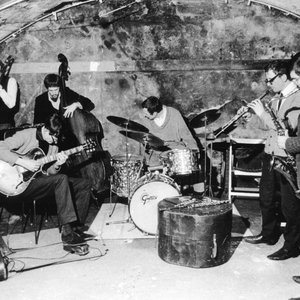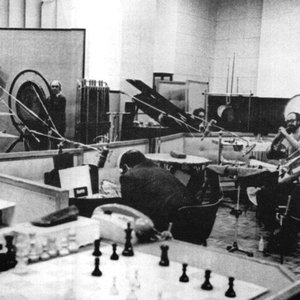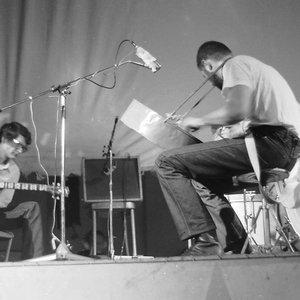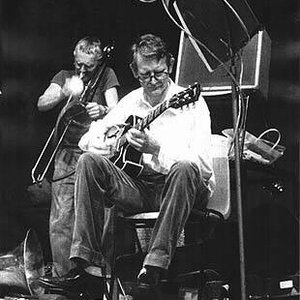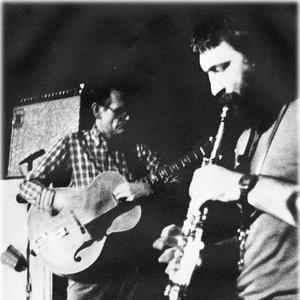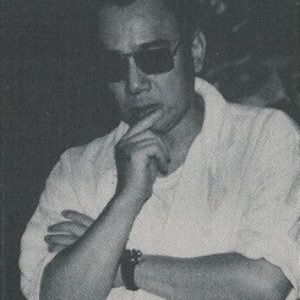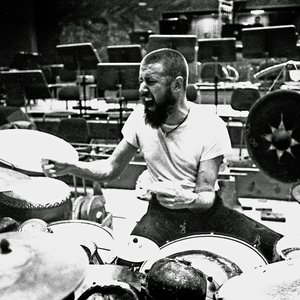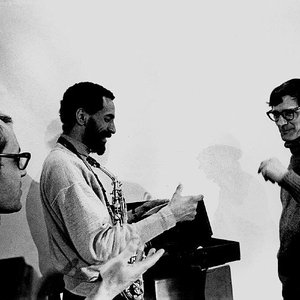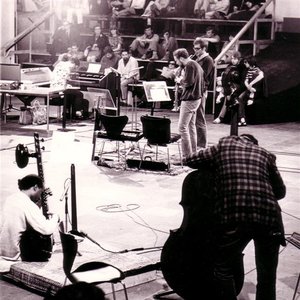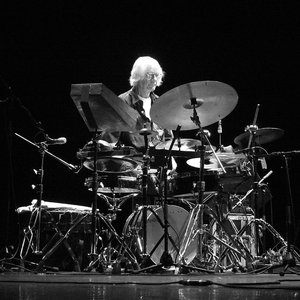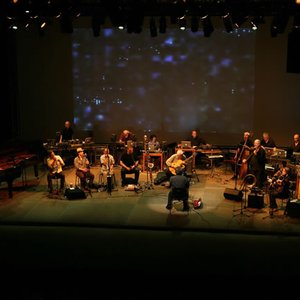Biography
During the early phase of its existance European free jazz developed a number of different schools or regional styles, and it was quite common to speak of german energy play, Dutch comical music or British sound research. This last is represented by the work of the Music Improvisation Company (MIC), founded in 1968. The essence of its work lies in the idea on non idiomatic music, as formulated by Derek Bailey. A freely improvised music, independant of all existing musical languages, would follow the individual techniques and preferences of the players exclusively.
Of course this idea is probably based on illusion, for although the mere avoidance of any idiomatically fixed means of creation must not automatically result in a new musical idiom ( it could, as with John Cage, lead into the domain of chance ). the practical results of the MIC's work make it quite clear that this music can easily be identified as a particular and unmistakable form of musical creation - in other words, as a music idiom.
Obviously style , under certain preconditions, may be established when any associations with existing musical languages are forcefully avoided. One of the most important preconditions is that the improvisor acts as a concious ego and does not follow only the generative energy of chance. And this is obviously the case with the members of the MIC.
To describe the groups conceptual guidelines, it seems easier to indentify features it does not exhibit than those it does : no tonality, no repitition, no melodic continuity, no periodicity, no system. On the other hand there is one feature obvious at first hearing : the emancipation of noise as an independant means of creation, "noise" meaning sound with no dense structure of harmonic frequencies whose amplitudes and phase change randomly.
The most efficient noise producer in the group is, of course, Hugh Davies. With electronics he brings to the music a vast repertory of noise : static noise, like buzzing or humming, pulsating noise, like crackling or clapping, variable noise like gliding frequency bands, tec. Also guitarist Bailey uses his instrument to produce aperiodic sound structures by rubbing the strings with his fingers or other devices, and by working with variable string tension. And Parker finds a number of ways to produce non harmonic and also percussive sounds with his saxophone. Thus the concious manipulation of noise is one dominating feature of the MIC's work. The other is interaction.
Because any written score or even verbal arrangements are taboo, the group relies exclusively on spontanious actions and reactions among all four players. This interaction within the group converges most of the time, for although both Davies and Bailey speak of a tendancy towards "mutual subversion", meaning that one player might irritate the other by non participation or contrary action, such situations occur only rarely, at least in the groups recordings. This form of agreement should not be confused with harmony and linear development, for the overall sound structure in predominantly dissonant and discontinuous.
Artist descriptions on Last.fm are editable by everyone. Feel free to contribute!
All user-contributed text on this page is available under the Creative Commons Attribution-ShareAlike License; additional terms may apply.

